The Pop-Up Playbook: How to Turn Website Interruptions Into Revenue Drivers
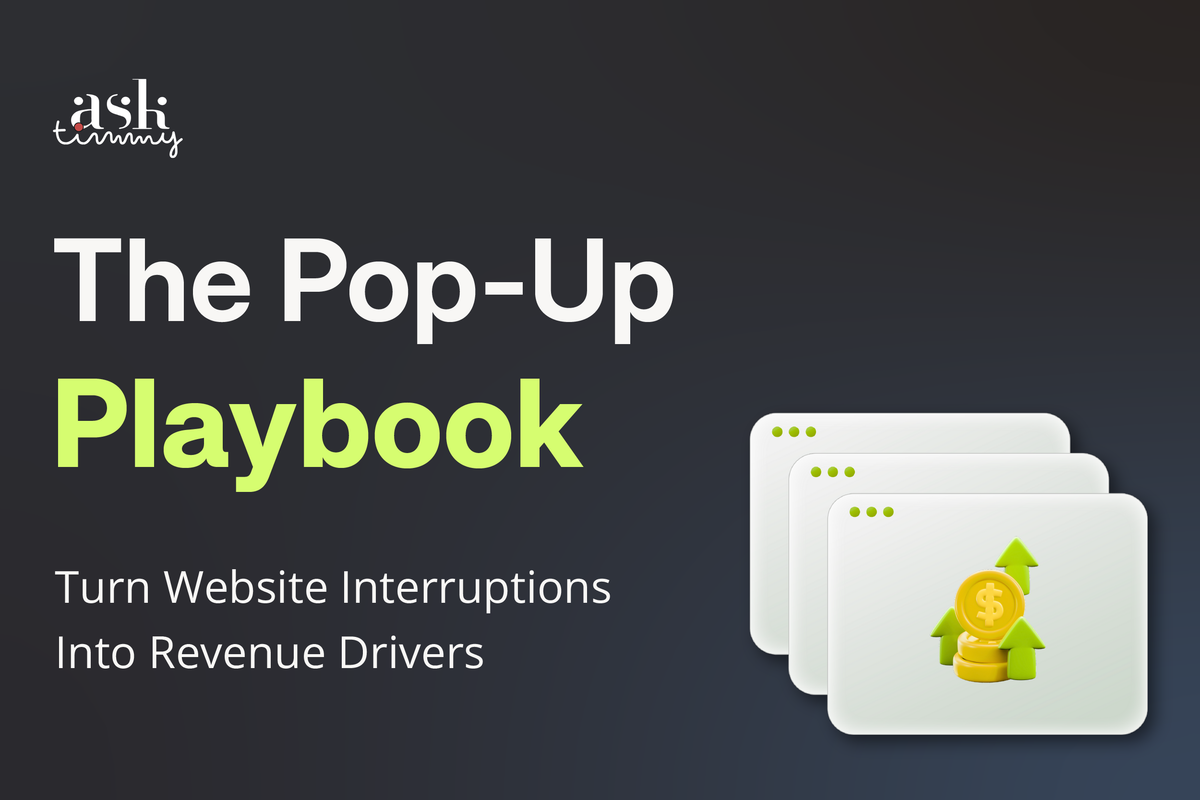
Because your pop-up isn't just a discount gate—it's your first impression, your brand story, and your revenue engine all rolled into one
Let's be honest: most of us have a complicated relationship with pop-ups.
As consumers, we roll our eyes at them. As marketers, we know we need them. And as business owners? We're secretly terrified they're annoying our customers while simultaneously wondering if we're leaving money on the table without them.
Here's the thing: Pop-ups aren't going anywhere. But the way we think about them needs a complete overhaul.
The Revenue Reality Check
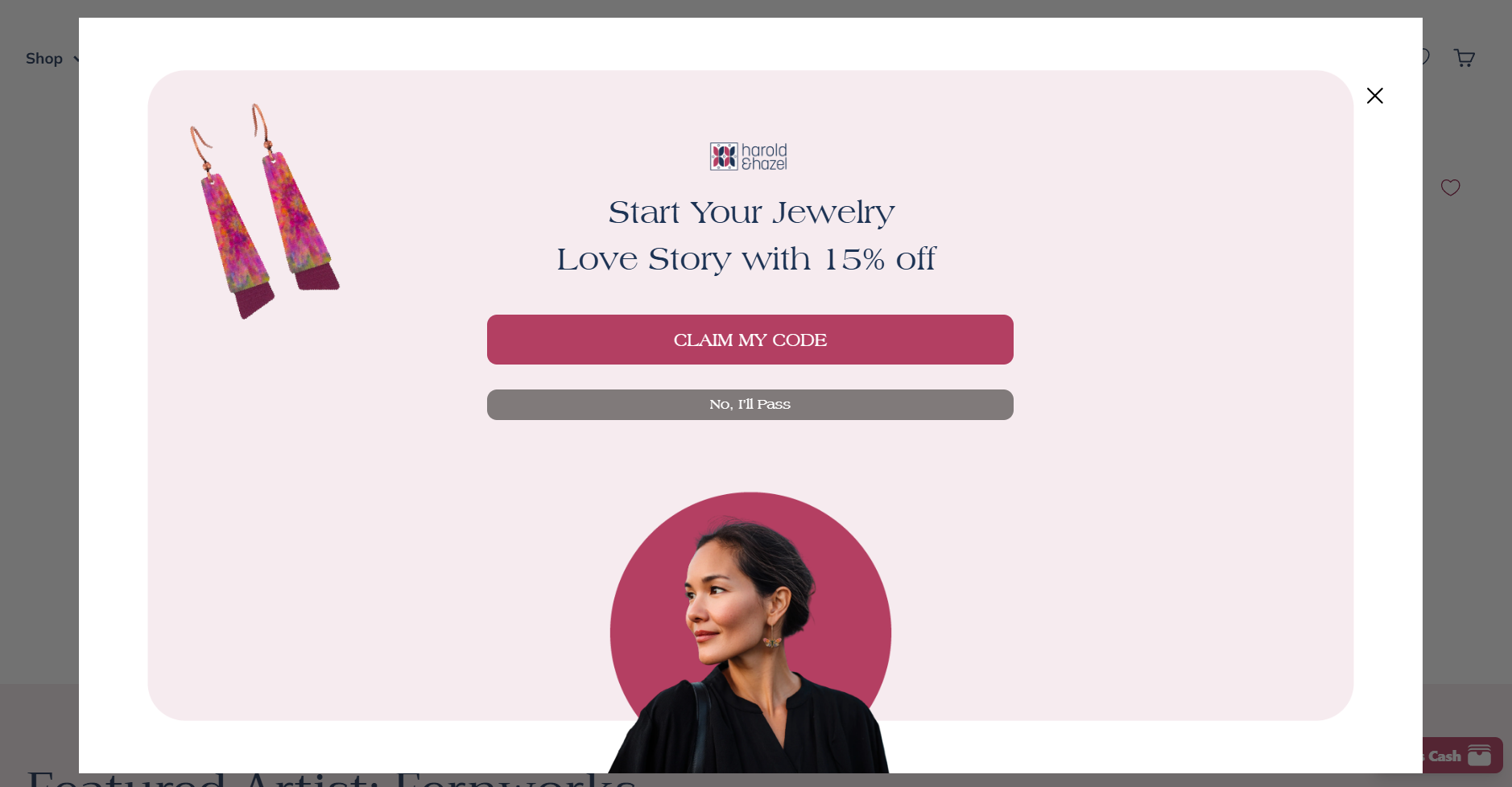
What if I told you that the difference between a mediocre pop-up and a high-performing one could completely transform your business? We're not talking about small improvements—we're talking about the kind of results that make you wish you'd optimized your pop-up strategy years ago.
The difference between a basic pop-up (4% opt-in rate) and a high-performing one (20%+ opt-in rate) isn't just about more email subscribers. It's about 5x more qualified leads entering your funnel, 4x higher welcome email revenue from better-educated subscribers, 20% higher average order values from strategic product education, and 3x better customer lifetime value from stronger first impressions.
Stop Thinking Interruption, Start Thinking Conversation
The biggest mistake ecommerce brands make? Treating pop-ups like digital billboards instead of the beginning of a relationship.
Your pop-up isn't just competing for attention—it's competing for trust. And trust isn't built with "GET 10% OFF" slapped over a generic background. It's built with education over discounts, questions over assumptions, and stories over sales pitches.
Instead of leading with price cuts, lead with value. Smart brands increase their AOV by 17% by using their pop-up to educate customers about their products rather than just offering a discount. The most successful campaigns ask visitors what motivates their interest instead of making assumptions. Those insights don't just improve pop-up performance—they inform entire marketing strategies.
When brands integrate their founder's story or mission into their pop-up experience, they see welcome flow revenue increases of 245%. People don't just buy products—they buy into stories.
The Performance Zone Framework: Where Do You Stand?
Before you start testing fancy animations or crafting clever copy, you need to know where you stand. Your current opt-in rate determines your strategy, and understanding which zone you're in will save you months of wasted effort.
If you're getting under 5% opt-in rates (Red Zone), fancy testing won't save you. You need fundamentals. Your pop-up needs a clear value proposition that answers "What's in it for me?" within seconds. You need mobile-optimized design since 61% of visitors are on mobile. Your headlines should focus on benefits, not features. And you need simple, friction-free forms—one field is optimal.
If you're hitting 5-10% opt-in rates (Yellow Zone), you've got the foundation. Now it's time to optimize. Test timing and triggers because 6-second delays work best. Experiment with offer formats since mystery discounts can outperform fixed ones. Try multi-step forms because they convert 84% higher than single-step. Compare emotional versus functional messaging to see what resonates with your audience.
If you're above 10% opt-in rates (Green Zone), your pop-up is working. Focus on what happens after. Create segment-based messaging for different visitor types, implement dynamic content based on browsing behavior, optimize your welcome flow sequences, and track post-opt-in conversion rates throughout the customer lifecycle.
The Science Behind High-Converting Pop-ups
Here's what separates the winners from the also-rans, backed by research across billions of pop-up displays.
Timing is everything. Six-second delays optimize user experience while maximizing conversions. One-page delay strategies achieve the highest conversion rates at 28.98%. Exit-intent triggers, while lower converting at 2.81%, generate the highest volume because they catch people who are already leaving.
Design psychology matters more than aesthetics. Multi-step pop-ups deliver 84% higher conversions than single-step alternatives. Images boost conversions by 69%. Bottom-center placement achieves 12.88% conversion rates. Countdown timers increase mobile conversion rates by 112.93%.
The power of personalization can't be overstated. URL targeting delivers 152% higher conversion rates when properly implemented. Custom properties targeting improves conversions by 163% when leveraging cart value, purchase history, and behavioral segments.
The Mobile-First Revolution
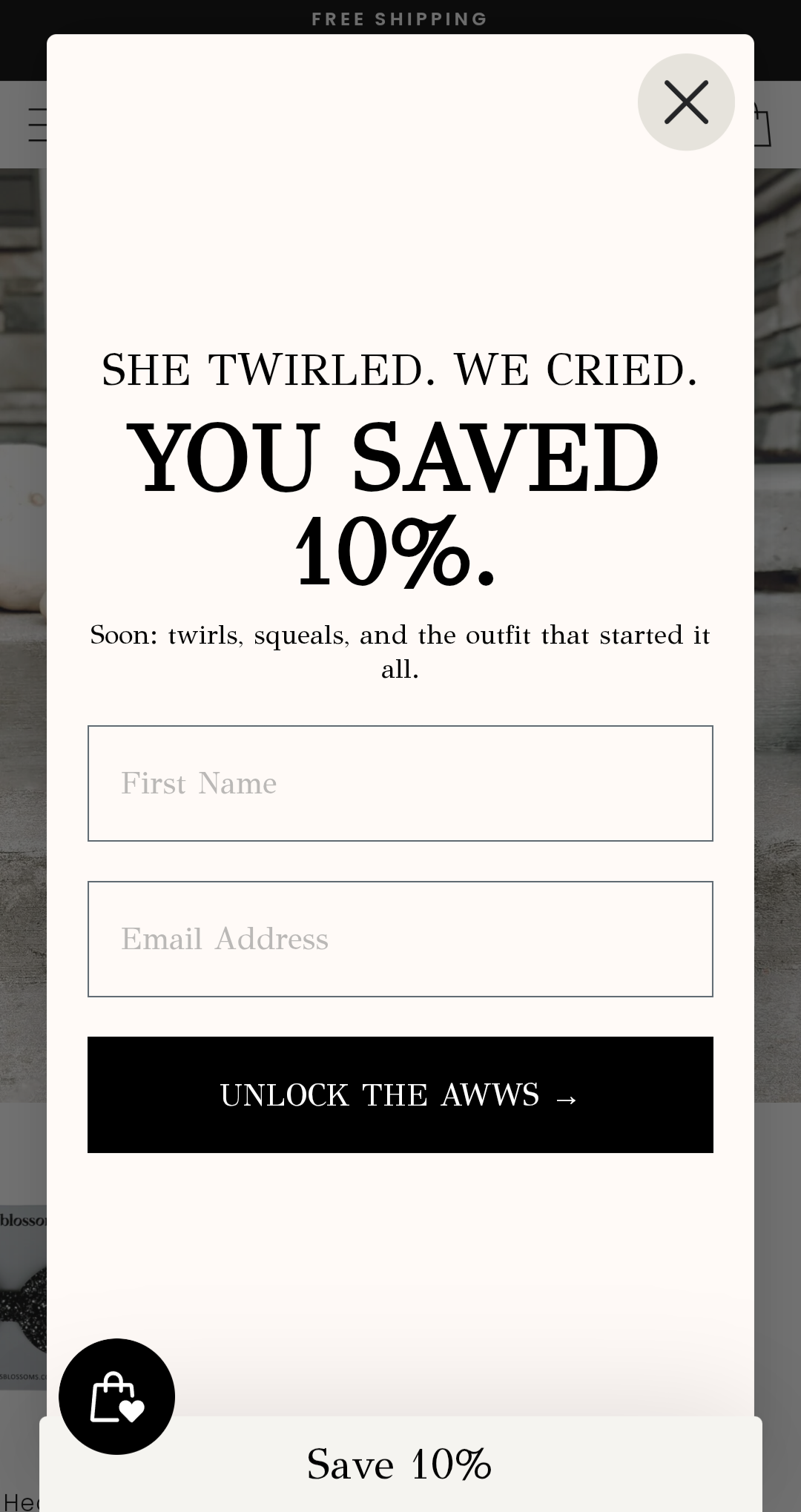
With mobile accounting for 61% of site visits and mobile pop-ups converting 38% higher than desktop-only implementations, mobile-first design isn't optional—it's essential.
Your mobile pop-up needs a maximum of 30% screen space usage to comply with Google's requirements. Button sizes must be at least 44x30px for touch-friendly interaction. CTA-triggered approaches show 48% higher email capture rates than intrusive overlays. Easy dismissal options prevent SEO penalties that can devastate organic traffic.
We've shifted from 16:9 desktop aspect ratios to 9:16 mobile portrait mode. This isn't just about making things smaller—it requires completely reimagined layouts and user flows that work with thumbs, not mouse cursors.
Industry Benchmarks: Know Your Competition
Different e-commerce verticals see dramatically different performance, and understanding these benchmarks helps set realistic expectations.
Fashion and apparel brands typically see 15-18% email open rates with 2.2-2.8% click-through rates, generating 400-800% ROAS from email campaigns. Beauty and cosmetics average 9% opt-in rates, jumping to 19% with promotional engagement. Health and supplements benefit from higher lifetime value per subscriber due to recurring purchase patterns.
Electronics brands face unique challenges with conversion rates below 1.5% due to longer consideration cycles. Food and beverage sectors achieve the highest baseline conversion rates at 4%+ because of visual appeal and impulse-driven purchases.
The Copy That Converts: Less Clever, More Clear
Your pop-up copy has one job: move people from curious to committed. This means leading with benefits, not features.
Lead with Benefits, Not Features
❌ "Subscribe to our newsletter."
✅ "Get weekly meal plans that actually fit your schedule"
Create Specific Value
❌ "Join our community"
✅ "Get the insider's guide to choosing the perfect mattress"
Use Action-Oriented CTAs
❌ "Submit"
✅ "Send Me the Guide"
Your tone should match your brand voice—a luxury skincare brand sounds different from a fitness supplement company. Your pop-up should feel like a natural extension of your brand, not a generic marketing message.
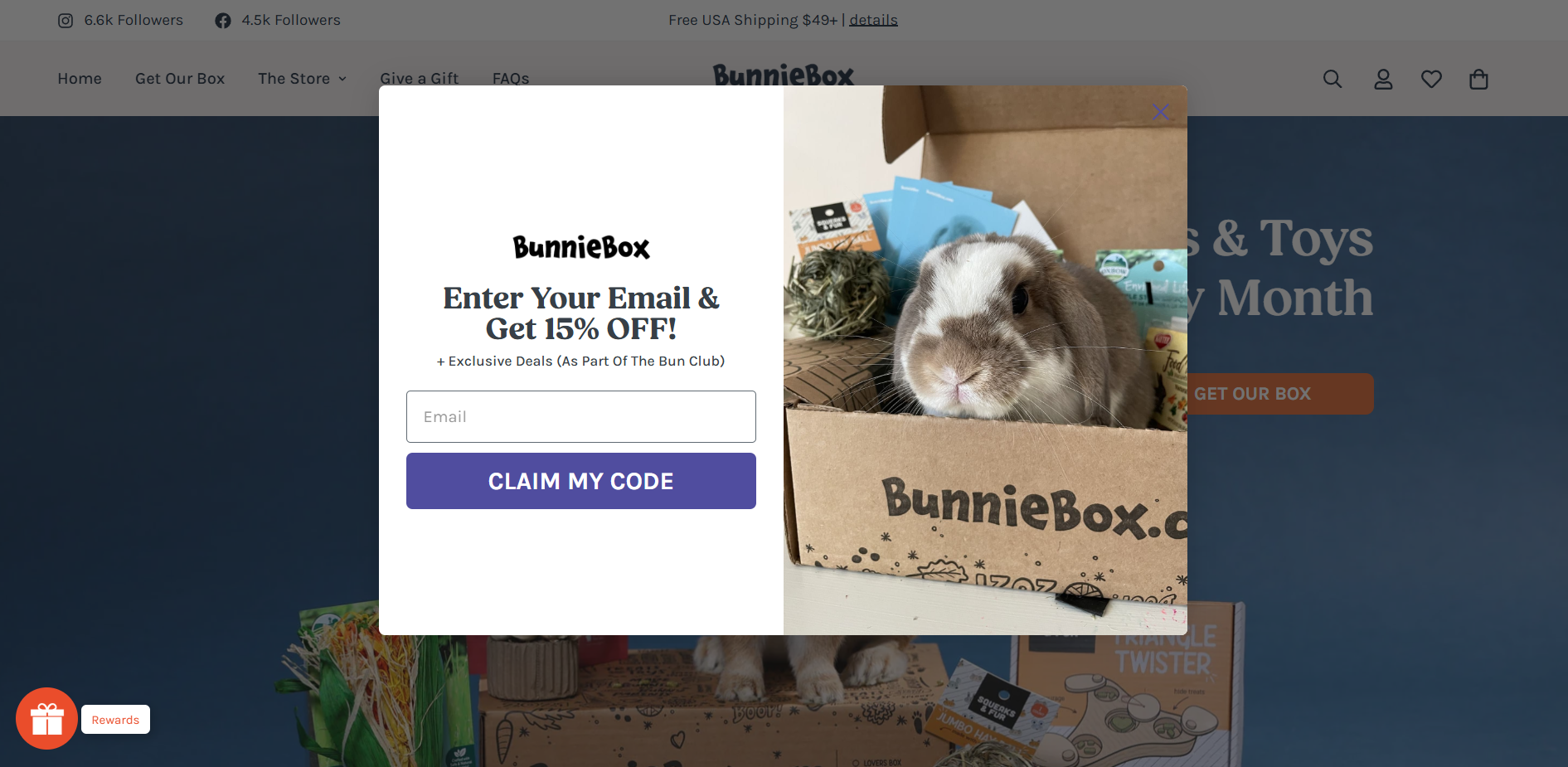
The Offer Strategy That Actually Works
Here's what most brands get wrong about offers: they think bigger is always better. A 30% discount isn't automatically more effective than a 10% one if it doesn't align with your brand positioning or customer expectations.
If you're struggling with low conversion rates, focus on clear, meaningful offers worth at least 10% or $25 that are easy to redeem. If you're growing steadily, test different offer structures like fixed versus mystery discounts, monetary versus experiential offers, or immediate versus exclusive access.
If you're already winning, segment offers based on customer type. New visitors get welcome gifts, returning customers get upgrade incentives, and loyal customers get exclusive early access to new products.
Advanced Strategies: Zero-Party Data Collection
The smartest brands use pop-ups to collect zero-party data—information customers voluntarily share about their preferences and intentions. This matters because quiz-based pop-ups achieve 6x conversion rates versus standard pop-ups, 75% of the global population will be under privacy regulations by 2024, and first-party data becomes increasingly valuable as third-party cookies disappear.
Collect product interests and preferences, purchase intent and timeline, lifestyle and demographic information, and birthday and special occasion dates. This information enables sophisticated personalization without privacy violations while providing rich segmentation opportunities.
The Integration That Multiplies Results
Your pop-up and email marketing should feel like one continuous conversation, not two separate marketing efforts. Your welcome series should span 5-10 emails over 1-2 weeks, beginning with immediate incentive delivery, progressing through educational content and social proof, and culminating in exclusive offers for engaged subscribers.
Implement automation that works through cart abandonment sequences, achieving 42% recovery rates, behavioral triggers based on browsing patterns, predictive send time optimization, and dynamic content insertion with real-time product recommendations.
The Testing Framework That Drives Results
Focus your testing efforts on high-impact elements: offer type and value proposition, single-step versus multi-step flows, timing and trigger mechanisms, headlines and emotional appeals, and CTA colors and copy.
Run tests for at least 1-2 weeks, achieve 100+ conversions per variant for statistical significance, focus on 5%+ improvement thresholds for implementation, and test one variable at a time to isolate impact.
What Kills Pop-Up Performance
Several critical mistakes destroy conversions:
- Immediate display on page load decreases performance by 67%
- Too many form fields drop conversions by 45-60% with each additional field
- Poor mobile experiences with difficult-to-close interfaces create frustration
- Generic "Join our newsletter" messaging converts 70% lower than specific offers
- Condescending copy like "No, I don't want to save money" damages brand perception
The Future of Pop-Up Marketing
Emerging trends are driving exceptional results. AI-powered personalization creates real-time customized experiences for individual users. Gamified elements like spin-to-win wheels show 6- 10x higher conversion rates than static pop-ups. Conversational pop-ups achieve 15.2% average conversion rates through interactive dialogue. AR integration enables product visualization within pop-up interfaces. Voice-activated interactions create multi-modal experiences combining voice, text, and visual elements.
Your 30-Day Pop-Up Transformation Plan
Week 1: Foundation Audit
Calculate your current opt-in rate and identify your performance zone. Implement 6-second display delays. Optimize for mobile with proper sizing and touch-friendly controls. Set up proper analytics tracking to measure results accurately.
Week 2: Design & Copy Optimization
Rewrite headlines to focus on customer benefits rather than company features. Reduce form fields to email-only for maximum completion rates. Add relevant images or visual elements that support your message. Create mobile-optimized versions that work perfectly on small screens.
Week 3: Advanced Features
Implement exit-intent triggers, multi-step flows for lead generation, segment-based messaging for different visitor types, and seamless integration with your email marketing platform.
Week 4: Testing & Optimization
Launch A/B tests on your highest-traffic pop-ups. Implement gamification elements where appropriate. Set up behavioral targeting rules based on user actions. Create automated follow-up sequences that nurture new subscribers effectively.
Measuring Success: The Metrics That Matter
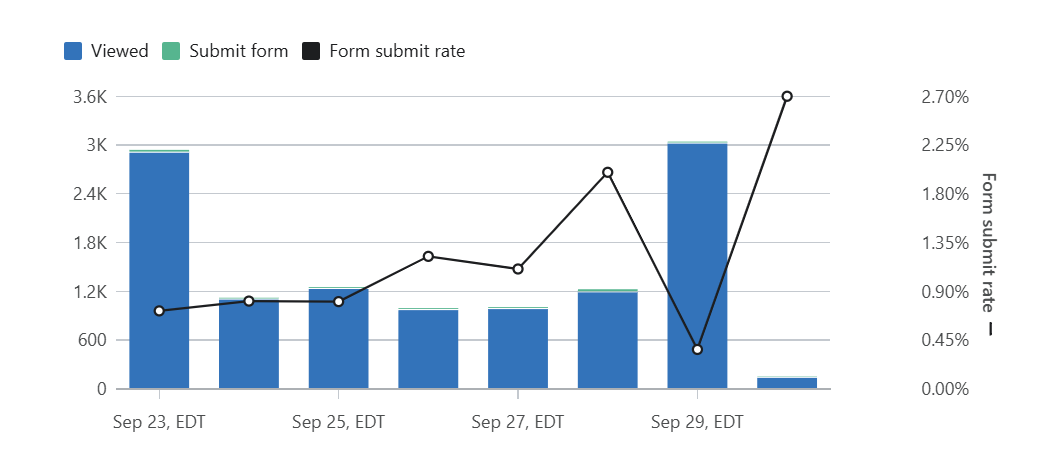
Track opt-in conversion rates by traffic source, revenue per recipient from welcome flows, customer lifetime value of pop-up subscribers, and post-opt-in purchase conversion rates. Use multi-touch attribution analysis, maintain customer acquisition cost to lifetime value ratios of at least 3:1, measure revenue per visitor across different segments, and implement cross-device conversion tracking.
The Bottom Line
Your pop-up is prime real estate on your website. Every visitor who sees it is making a split-second decision about your brand. The brands winning with pop-ups aren't just collecting more email addresses—they're building stronger connections, educating their audience, and setting the foundation for long-term customer value.
The opportunity is massive. Top-performing pop-ups achieve 20%+ conversion rates while average ones struggle at 4%. That 5x difference translates directly to customer acquisition, email list growth, and revenue. The execution is everything. Success requires mobile-first design, behavioral psychology, sophisticated timing, and seamless integration with your broader marketing strategy.
Your pop-up strategy isn't just about growing your list—it's about growing your business in a sustainable, customer-centric way that builds trust instead of eroding it. Stop thinking of pop-ups as necessary evils. Start thinking of them as the opening line of your most important customer relationships.
Ready to transform your pop-up from afterthought to revenue driver? The frameworks and strategies in this guide are your roadmap. The real magic happens when you start implementing.